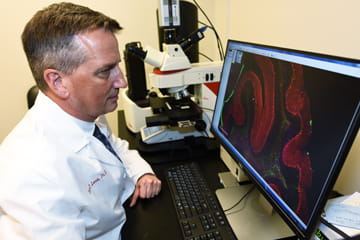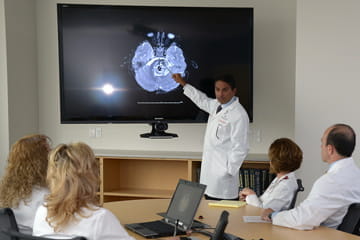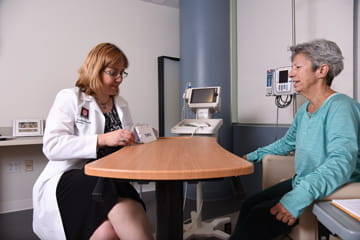Alzheimer’s disease is the most common form of dementia. It is an irreversible, progressive neurodegenerative condition that destroys a person’s memory and thinking skills. Eventually, the brain disorder inhibits a person’s ability to do daily tasks and simple activities. While most Alzheimer's patient are over the page of 65, the disease is not a normal part of aging.
Physical changes to a person’s brain tissue leads to the build-up of abnormal clumps (called amyloid plaques) and tangled bundles of fibers (called neurofibrillary, or tau, tangles). These plaques and tangles are toxic to neurons. Neurons transmit messages between different parts of the brain, and from the brain to muscles and organs in the body. As these neurons die, people with Alzheimer’s disease experience symptoms like memory loss, difficulty with familiar tasks, confusion, trouble with language, or changes in judgment or decision-making.


